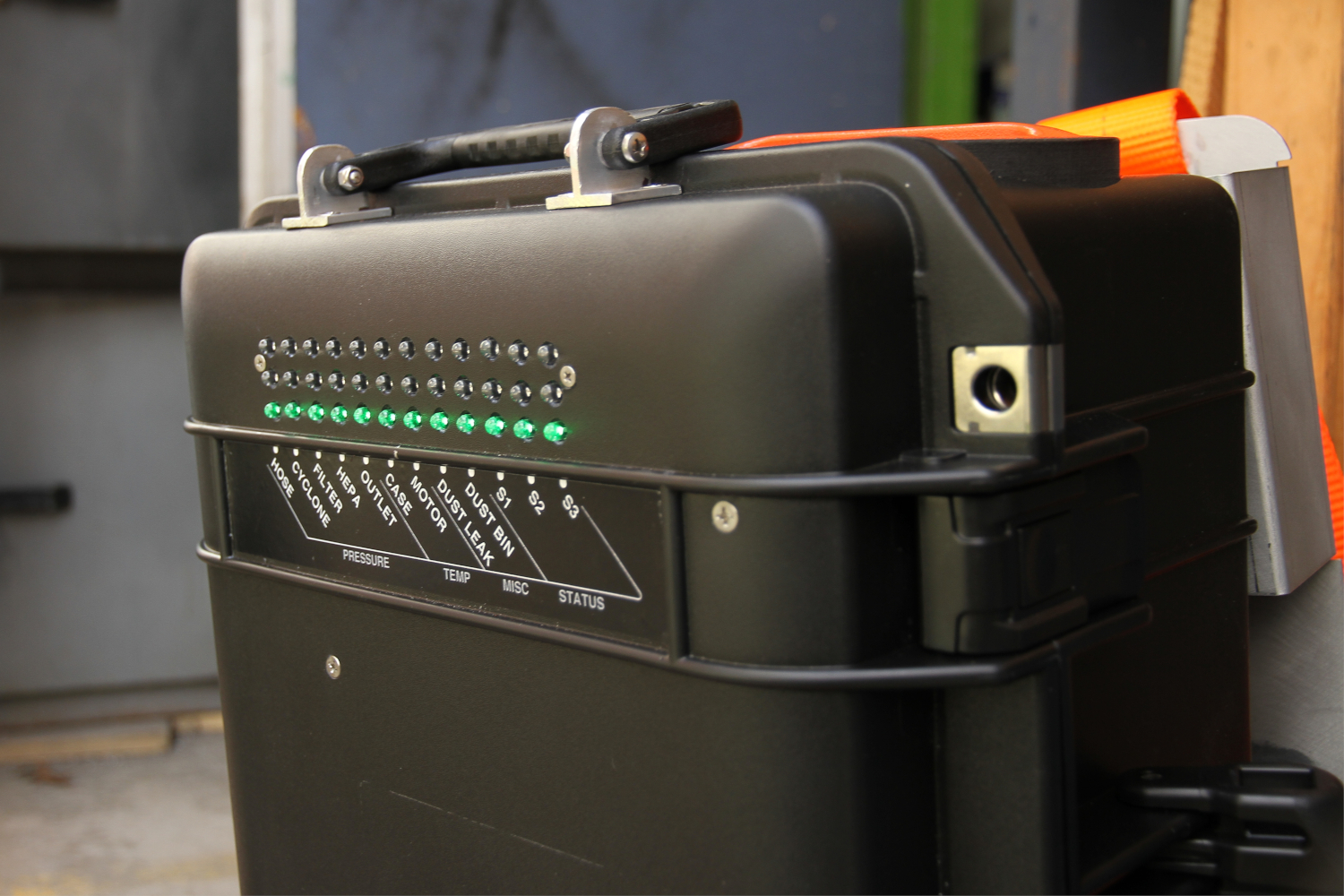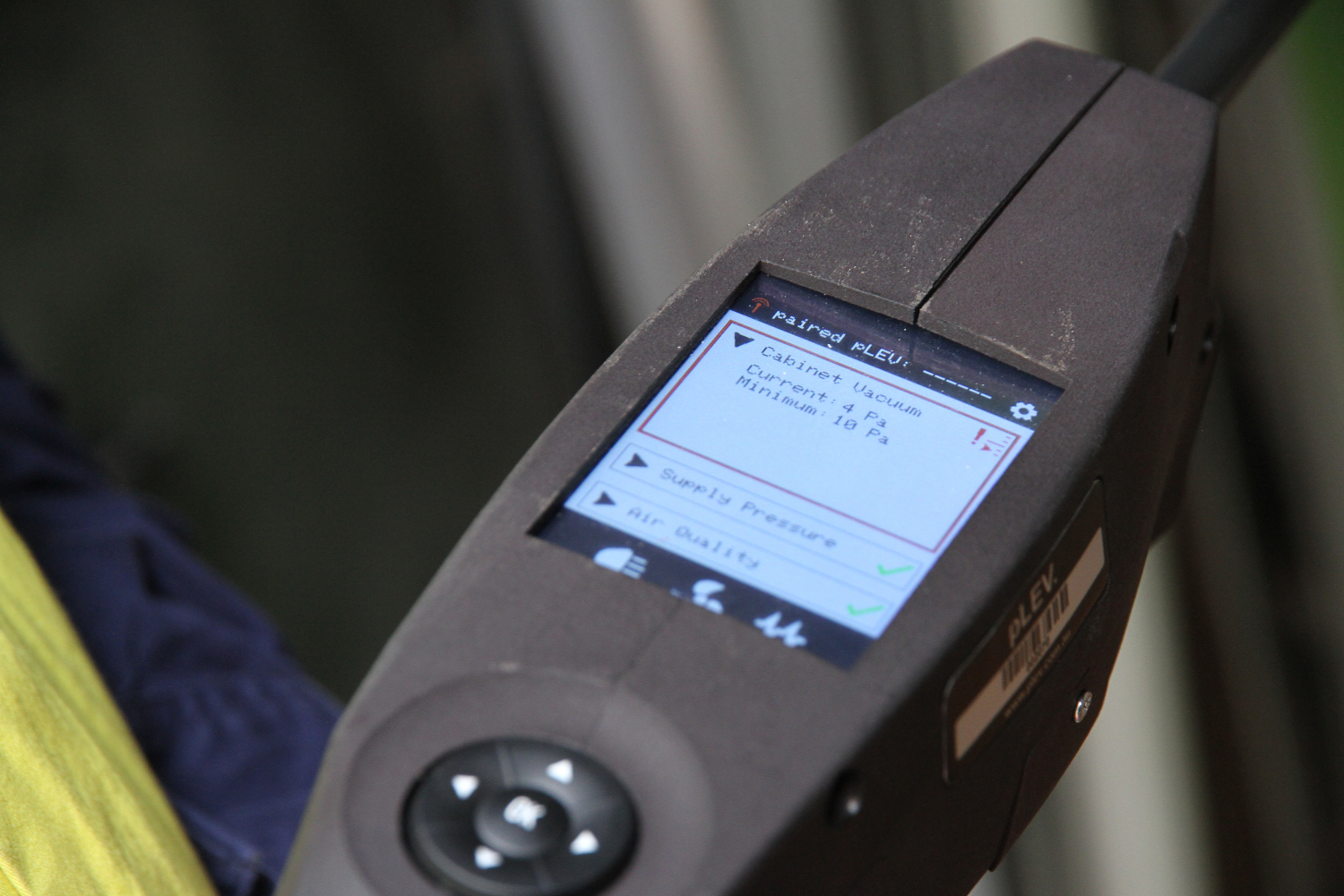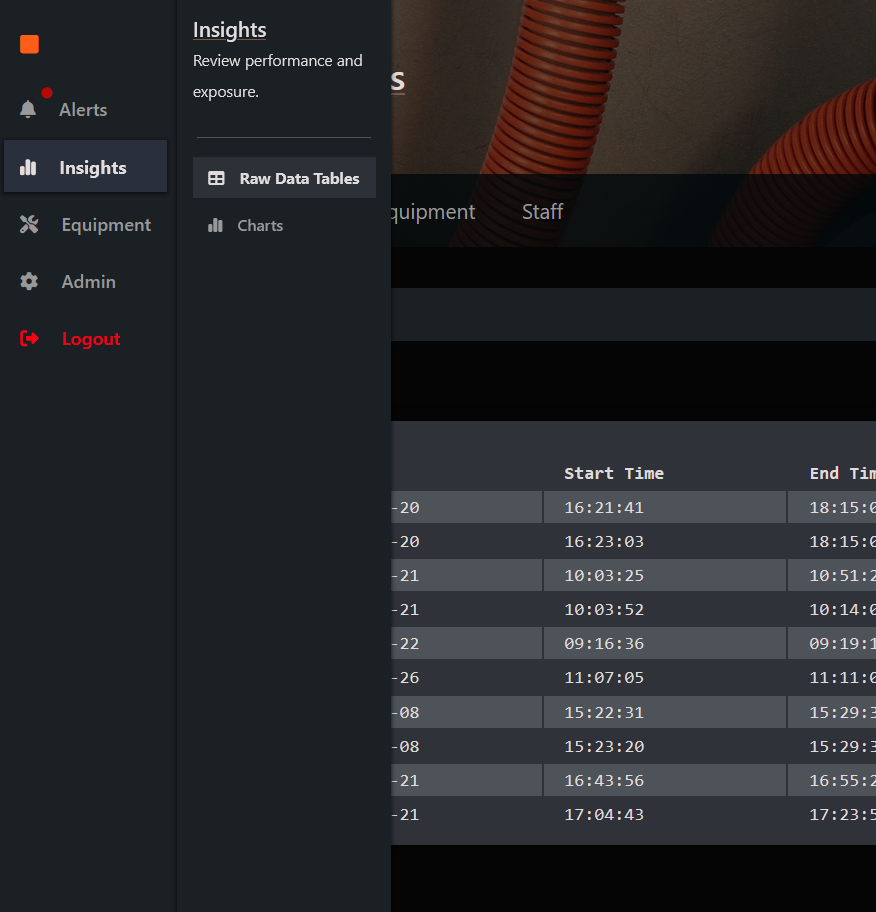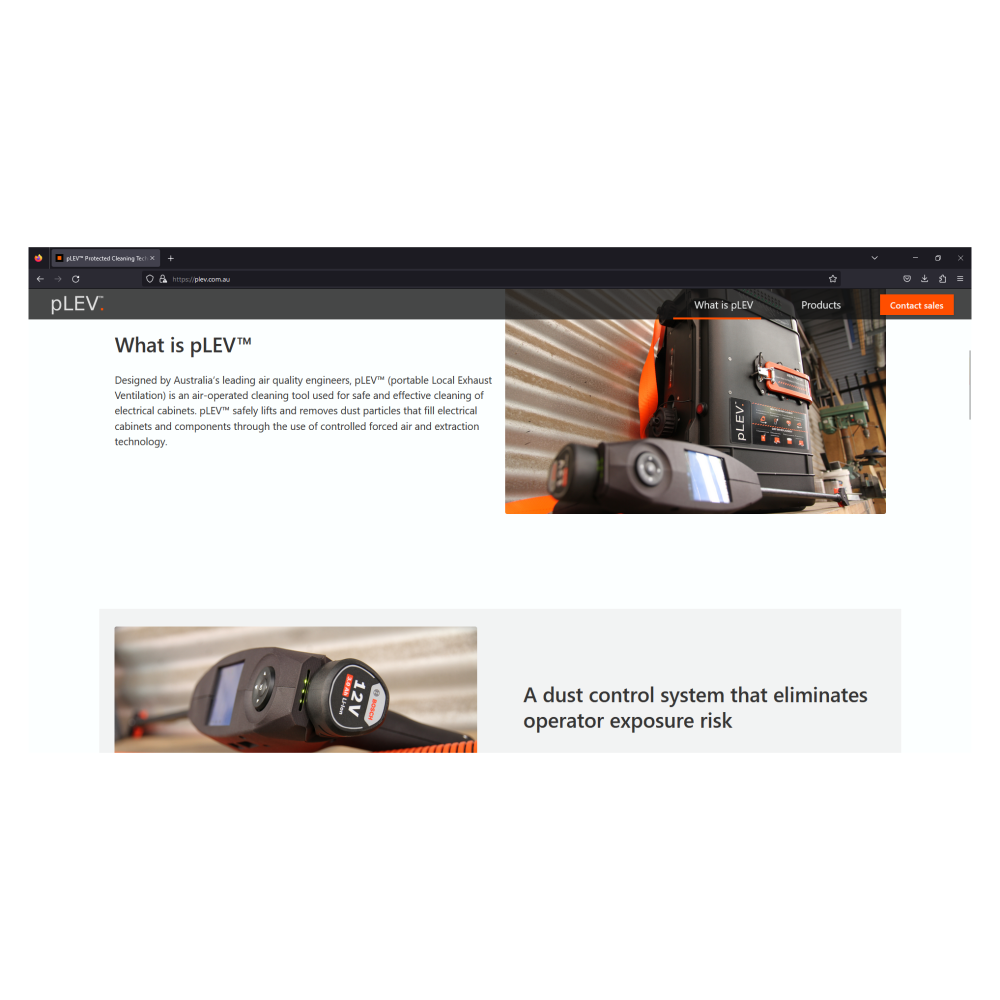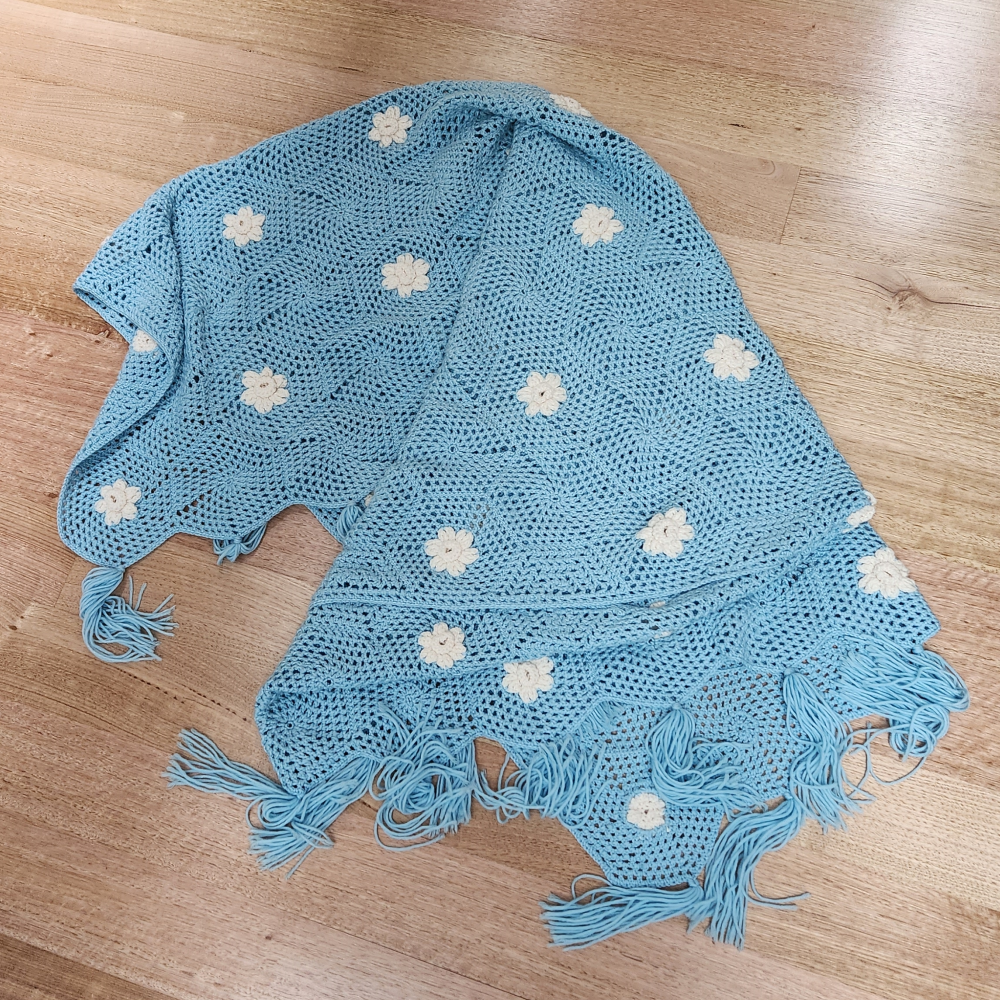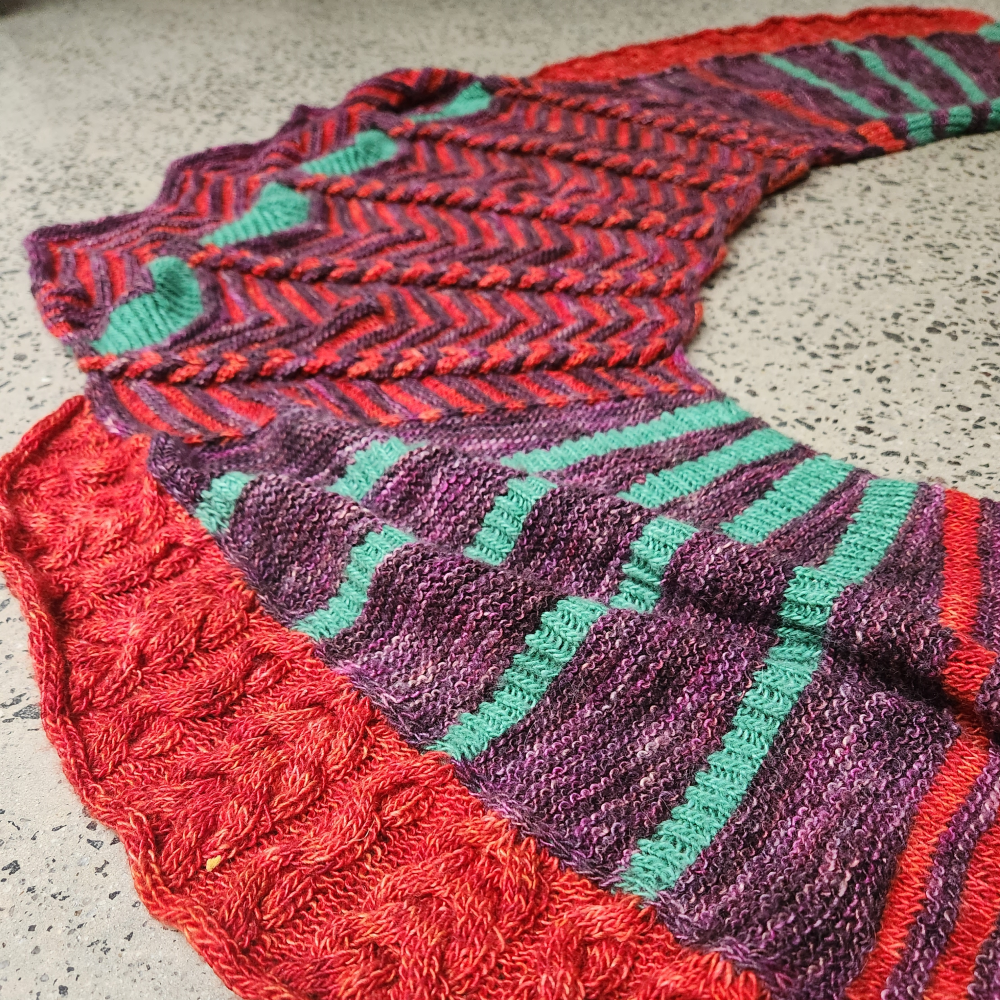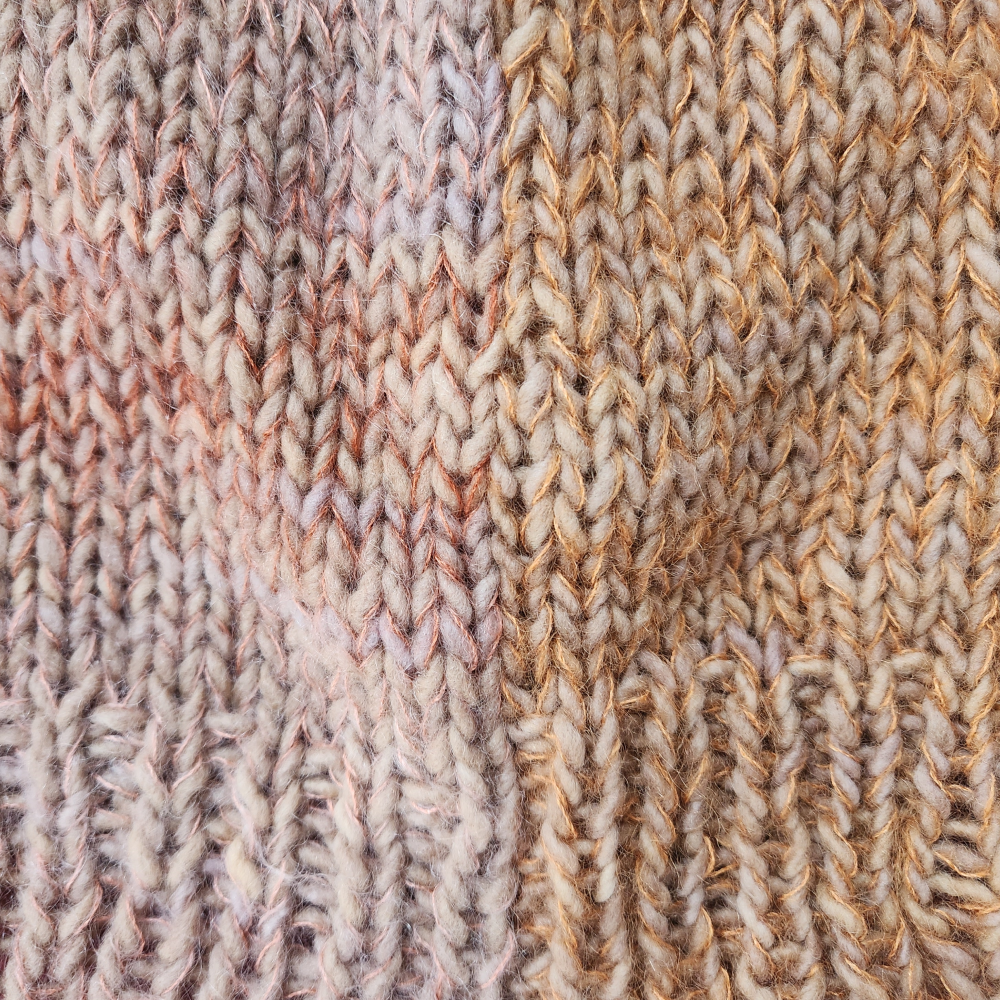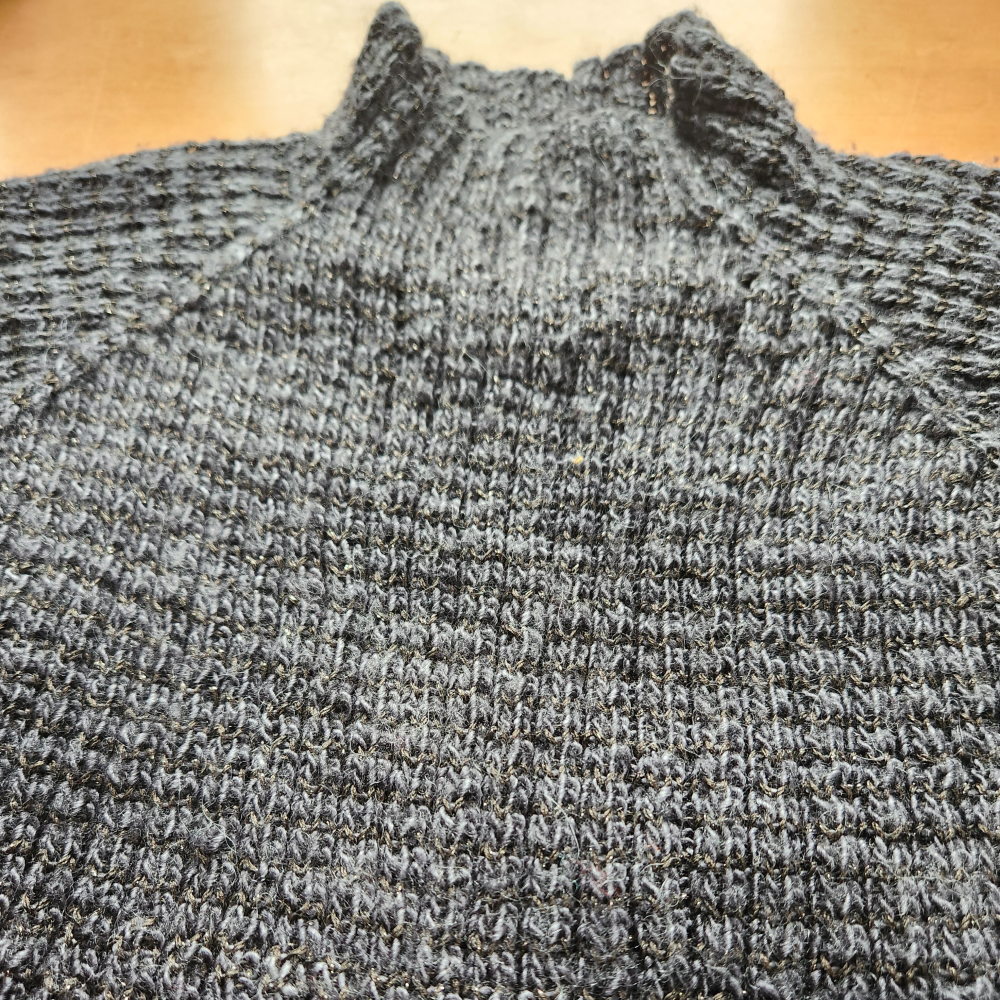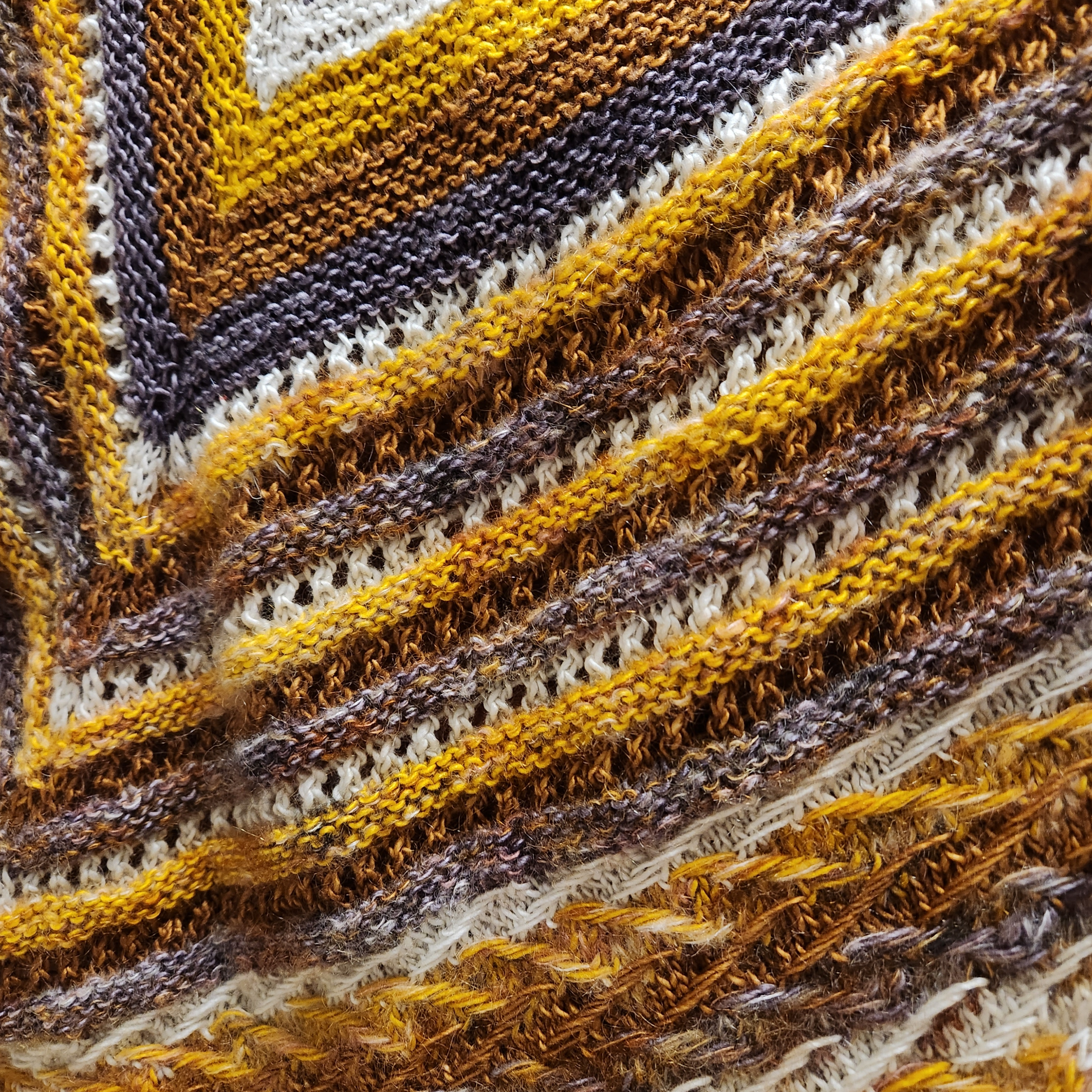
Hi there! I'm Chiara, a mechanical engineer with a highly multidisciplinary background. I have research and R&D experience across physical chemistry, materials chemistry and mechatronics projects.
I love to make things - from working hard in the machine shop through to knitting on my couch.
I am interested in how design methods can be used to develop meaningful technology for humans and the environment.
Key Skills
Programming
In Python, C, C++, Bash, MatLab, HTML, CSS, and Javascript.
Engineering
CAD, manufacturing methods for rapid prototyping, mechatronics, and mixed methods in design.
Physical sciences
Energy storage chemistry, electrochemical cycling, and polymer synthesis.
Projects

Designing for medical waste

Designing for ageing water infrastructure
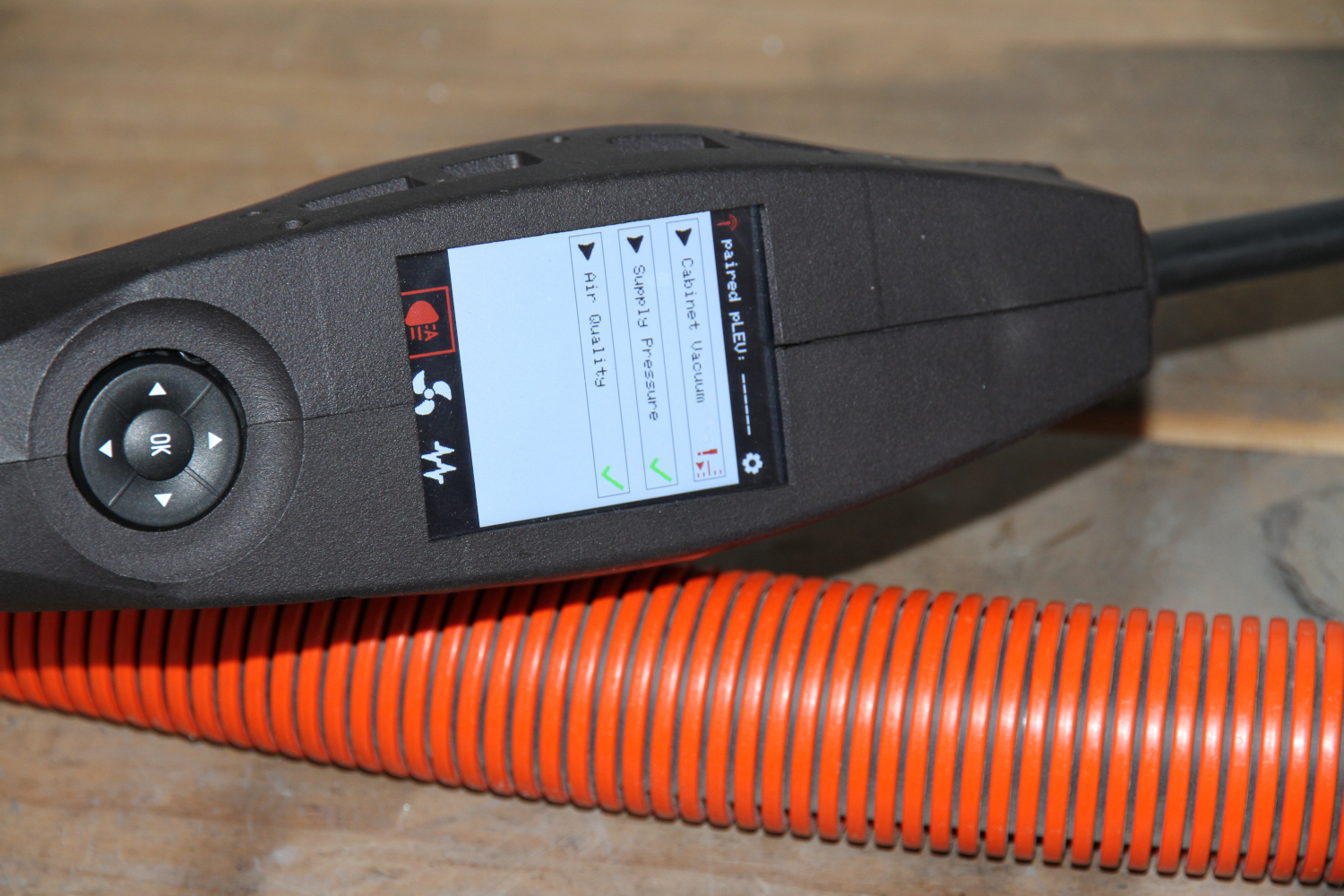
Designing for environmental worker safety

Designing for personal carbon footprint
Professional & Teaching Experience

Stanford ME310: Global Engineering Design Innovation
Course assistant
2025 - now
One of the longest standing courses in design, students spend a whole year researching a problem space, finishing in a sprint to produce an EXPO-worthy product. I organise classes, assignments and announcements, butalso liaise with guest lecturers, lead classroom activities and advise students on their project work.

Stanford Center for Teaching & Learning
Physics tutor
2024 - 2025
Tutored undergraduate physics.

Synergetics Consulting Engineers
Fulltime trainee engineer
2022 - 2024
Part of product development team creating solutions for environmental problems, including improving air quality and reducing greenhouse gas emissions.

ANU Research School of Chemistry
First year lab demonstrator
2021
Led chemistry students in their first-year labs. Has strengths in science communication and leadership.
Private Tutor
Across chemistry, physics and maths
2020 - 2021
Tutored Year 11 and 12, and first-year undergraduate students in physics, chemistry and mathematics. Shows propensity to communicate complex scientific creatively and effectively.
Publications
We may be underestimating the power capabilities of lithium-ion capacitors - First author
2023
First-authored a perspective piece in the J. of Power Sources discussing the potential misconception in literature that Lithium-ion Capacitor (LICs) have lower power densities that Electric Double-Layer Capacitors (EDLCs).

See article at https://doi.org/10.1016/j.jpowsour.2023.233857.
The power prospects of energy storage post-lithium: Li vs. K intercalation kinetics in graphitic electrodes - Presenter
2022
Australian Conference for Materials and Ceramics (CAMS) 2022
Graphite, the electrode material in lithium-ion (Li) batteries and capacitors, stores charge via Li intercalation. Due to scarce Li resources, potassium-ion (K) devices are considered potential alternatives to Li-ion cells. I compared the rate performances of graphite in a K-based electrolyte and a commercial Li electrolyte. The effects of the metal-ion and the counter ion on the dominant rate-limiting steps were also discussed. This research informed the energy and power prospects of Li- and K- ion devices with graphitic electrodes.
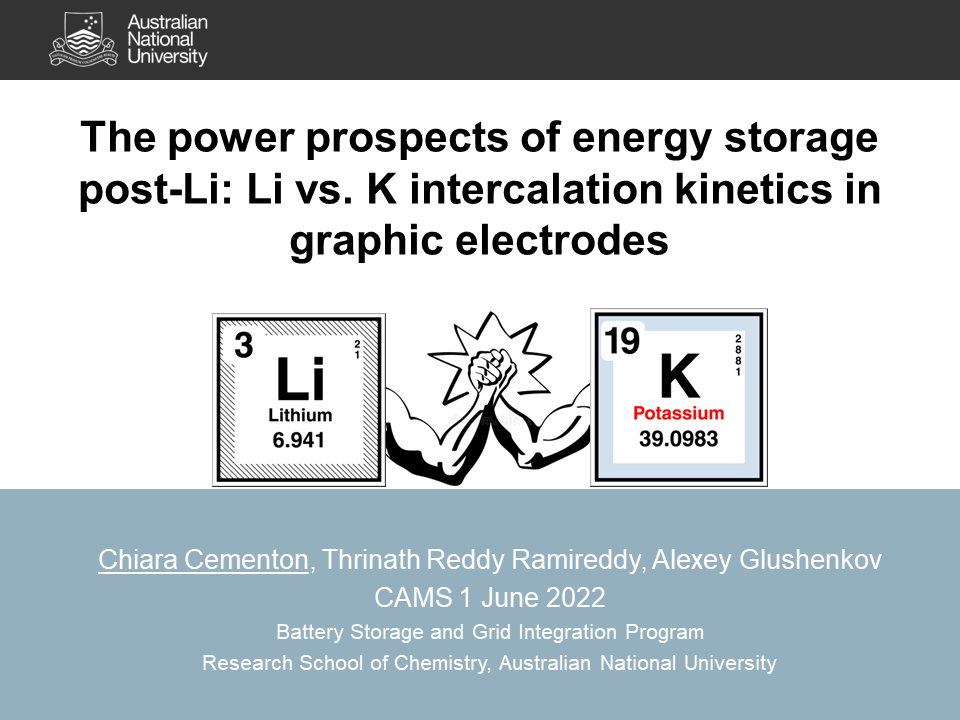
3D and 4D printable dual cross-linked polymers with high strength and humidity-triggered reversible actuation - Coauthor
2021
Jiang, Z. et al. (2021) Material Advances (2) 5124-5134
Why cooling molecular gears down makes them “hotter” - Presenter
2020
ANU Undergraduate Research Conference 2020
Presented on a Python model that evaluated the effect of thermal noise on a molecular-sized gear system. Langevin simulation was used to approximate the electrostatic effect of a rotating molecular gear on another gear, independent of chemical composition. Brownian noise was added to the computational model to test the effect of temperature rise on the gear interaction. Here's a video from my project exhibiting gear movement:
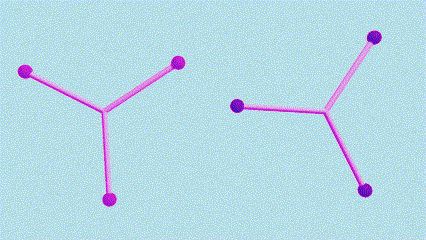
A bit of fun...

Bikes made out of paper?!
Read about our big win in Stanford's biggest ever paper bike polo match.
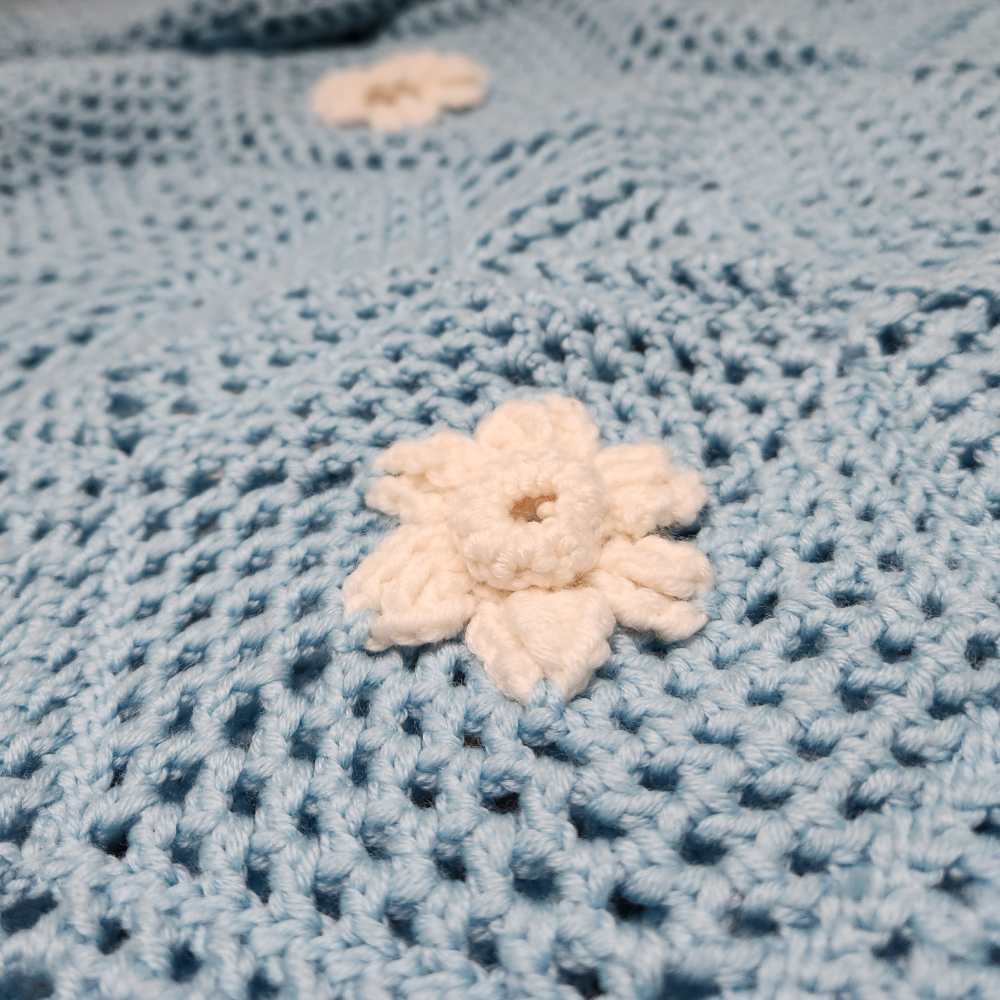
I spend a lot of time knitting...
Check out some of my favourite knitting & crochet projects!

Hal-apeño 9000: Cooking robot
I'm sorry, Dave... I'm afraid it's too spicy.







